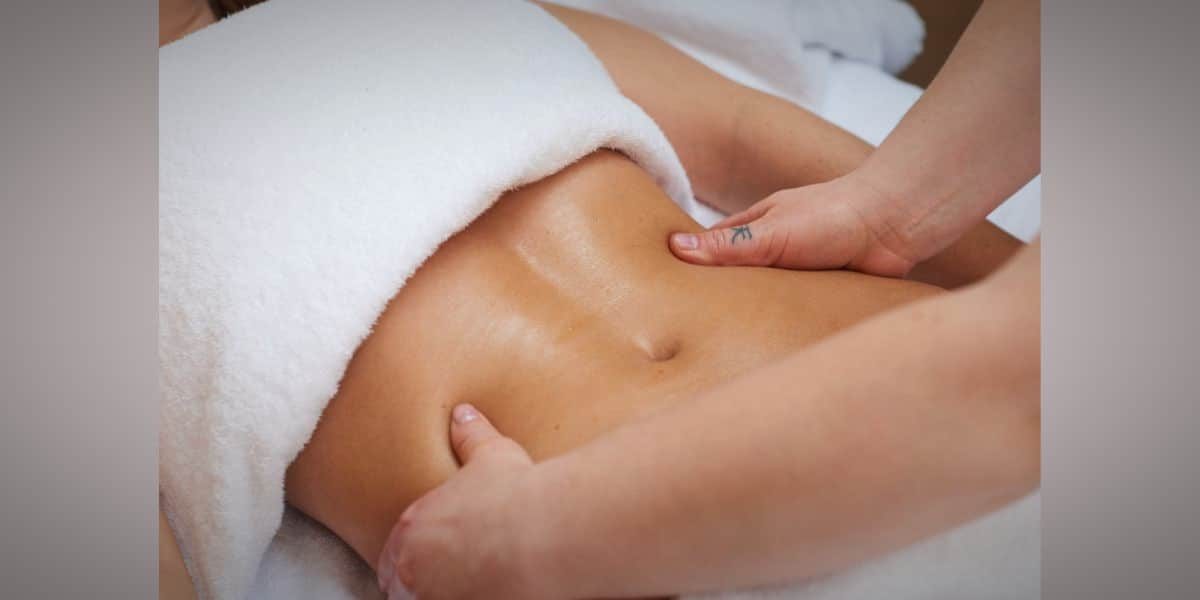Get To Know About Lymphatic Drainage Massage
A light body massage that aids in the movement of lymph, also known as manual lymph drainage (MLD), is known as lymphatic drainage massage. The lymph vessels can contract and transfer accumulated fluid along the lymphatic system with the assistance of gentle physical pressure.1. This method helps cure lymph accumulation, which can occur when the lymphatic system fails to work properly, and the associated side symptoms of lymphedema, such as swelling in the arms and legs.
Your body’s countless lymph nodes are connected to your lymphatic system, a network of slender lymph vessels. The fluid after blood circulates to your organs and tissue is called lymph, or lymphatic fluid. Normally, lymph travels to lymph nodes via lymph vessels. The lymph nodes filter out waste, aberrant cells, and pathogenic microorganisms. The extra lymph then returns through lymph vessels to the circulation.
However, diseases like lymphedema or injury to lymph nodes can interfere with the lymphatic system, preventing lymph fluid from draining and accumulating instead. Lymphedema, or edoema, is a condition with insufficient lymphatic drainage. It usually affects the arms and legs. Life-threatening infections can result from lymphedema if treatment is not received.
This is the operation of lymphatic drainage massage and the potential health benefits.
A Lymphatic Drainage Massage’s Efficacy
The primary advantage of lymphatic drainage massage is the reduction of lymphedema-related swelling. Although less frequent, lymphatic drainage massage in dubai can also be used to treat multiple adverse reactions unrelated to lymphedema, such as stiffness and swelling.
It Could Aid in Lowering Lymphedema Swelling
People receiving therapy for breast cancer that involves the removal or destruction of lymph nodes frequently have lymphedema. Rarely, lymphedema can also result from a malfunctioning lymphatic system from birth. By physically transferring lymph via the lymphatic system, lymphatic drainage treatment may help lessen swelling brought on by lymphedema.
It Could Ease Pain and Stiffness
Although there is little study, lymphatic massage may reduce joint discomfort, stiffness, or oedema associated with diseases like rheumatoid arthritis (RA). Additionally, studies have shown that people with RA frequently have malfunctioning lymphatic systems, which may be the reason lymphatic drainage massage relieves RA symptoms.
It Could Enhance Blood Circulation
Lymphatic drainage massage may also benefit those who suffer from chronic venous insufficiency (CVI), a condition in which damaged leg veins improperly impede blood flow to the heart. A tiny study conducted in 2017 found that manual lymphatic draining on the legs improved both superficial and deep vein blood flow. According to another study, lymphatic drainage massage relieved pain and oedema associated with CVI that resulted from a blood flow obstruction.
Might Aid in Cellulite Reduction
In addition, lymphatic drainage therapy has come back into style as a cosmetic massage technique to help with muscle tone and cellulite reduction. Nevertheless, no hard data supports the claim that lymphatic massage reduces cellulite or improves your overall tone. Much research on cellulite and lymphatic drainage massage might be of higher caliber.
Techniques of Lymphatic Drainage Massage Dubai
The methods are some of the approaches available for MLD.
Although MLD is frequently used with other therapies by physiotherapy center dubai, it is advised as an element of CDT. While MLD alone can be beneficial, combining CDT’s components is best. It has been demonstrated that CDT is useful in lowering lymphedema volume and enhancing patient mobility and quality of life.
To become genuinely proficient, a lymphedema therapist frequently needs years of practical experience and many MLD training hours.
There is still much to learn about the best practices, frequency, indications for MLD, and the advantages of therapy, but all of the approaches have several characteristics.
a. Usually carried out when the patient is lying down
b. begins and concludes with diaphragmatic breathing in depth
c. First, the body’s unaltered lymph nodes and area are treated.
d. Drains the impacted regions by moving proximally to distally.
e. Rhythmic and leisurely motions
f. apply little pressure; this is crucial
Lymphatic Drainage Massage Risks
Generally speaking, lymphatic drainage treatment is regarded as low-risk and safe.7. However, those who have medical disorders that might cause lymphatic fluid to return to the cardiovascular system or kidneys should not use lymphatic drainage, such as:16
a. cardiac disorders
b. disorders of the liver or kidneys
c. clots of blood
d. Stroke
Additionally, those who are actively infected should avoid physical lymphatic drainage. Since the massage is not deep tissue and employs minimal pressure, it shouldn’t cause pain or leave bruises. Tell your CDT or physician immediately if you feel any discomfort during your lymph drainage massage.
A Brief Recap
If lymphatic fluid accumulates in the lymphatic system, lymphatic drainage massage aids in removing it from the body. By gently pressing the lymph nodes, one may manually remove lymphatic fluid from the lymph veins and reabsorb it through lymph glands using this massage technique. A licensed lymphatic therapist often administers lymphatic massage, although they may also train people to practice it at home. To reduce swelling brought on by lymphedema, lymphatic drainage treatment is usually combined with other full decongestive treatment (CDT) methods, such as bandages and exercises, for maximum benefit. Although less studied, lymphatic drainage therapy may also be useful in treating inflammation and joint pain associated with fibromyalgia and rheumatoid arthritis.
















